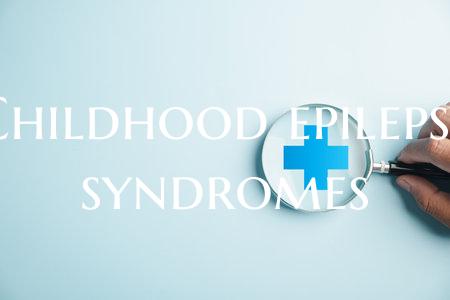
Childhood epilepsy syndromes
Childhood Epilepsy Syndromes: Understanding and Managing Seizure Disorders in Children
Epilepsy is a neurological disorder characterized by recurrent seizures, and it can often manifest in childhood. Childhood epilepsy syndromes refer to distinct patterns of seizure activity and other symptoms that occur in children. These syndromes have varying causes, risk factors, and treatment approaches, making it essential for parents and caregivers to have a proper understanding of the condition.
Types of Childhood Epilepsy Syndromes:
1. Benign Rolandic Epilepsy: This syndrome typically affects children between the ages of 3 and 13, with seizures occurring during sleep. These seizures are usually brief and involve twitching or numbness on one side of the face or in a hand or foot.
2. Childhood Absence Epilepsy: Children with this syndrome have brief staring spells or absence seizures that can be mistaken for daydreaming. These seizures may occur multiple times a day and can impact a child's ability to focus and learn.
3. Dravet Syndrome: Also known as severe myoclonic epilepsy of infancy (SMEI), Dravet syndrome is a rare but severe form of epilepsy. Children with this syndrome experience multiple seizure types and are at risk for developmental delays and cognitive impairment.
Managing Childhood Epilepsy Syndromes:
1. Medical Management: The first line of treatment for childhood epilepsy syndromes usually involves anti-seizure medications prescribed by a neurologist. It is crucial for parents to administer medications as directed and keep track of seizure activity to monitor effectiveness.
2. Lifestyle Considerations: Along with medication, lifestyle modifications such as getting enough sleep, maintaining a healthy diet, and reducing stress can help manage seizures in children with epilepsy syndromes.
3. Support and Education: Parents, caregivers, and teachers should receive education about epilepsy and how to respond during a seizure. Support groups and resources can also provide emotional support and valuable information for families navigating childhood epilepsy syndromes.
4. Regular Monitoring: Children with epilepsy syndromes may require regular visits to a pediatric neurologist for monitoring of seizure activity, medication adjustments, and overall health assessments.
In conclusion, childhood epilepsy syndromes are diverse conditions that require tailored management strategies. With proper medical care, support, and education, children with epilepsy can lead fulfilling lives and effectively manage their condition. Early diagnosis and intervention are key in providing the best outcomes for children with epilepsy syndromes.